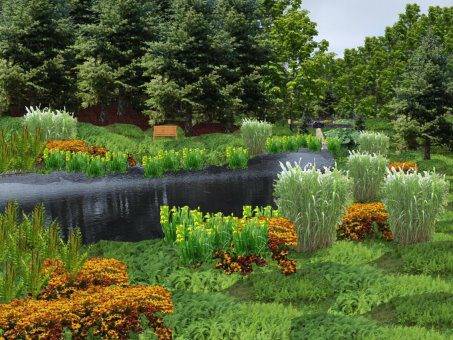Pollinators
Three-fourths of the world’s flowering plants and about 35 percent of the world’s food crops depend on animal pollinators to reproduce. More than 3,500 species of native bees help increase crop yields. Some scientists estimate that one out of every three bites of food we eat exists because of animal pollinators like bees, butterflies and moths, birds and bats, and beetles and other insects.
How Pollination Works
Pollinators visit flowers in their search for food (nectar and pollen). During a flower visit, a pollinator may accidentally brush against the flower’s reproductive parts, unknowingly depositing pollen from a different flower. The plant then uses the pollen to produce a fruit or seed. Many plants cannot reproduce without pollen carried to them by foraging pollinators.
Pollinators Are in Trouble
You may have heard that bees are disappearing and bats are dying. These and other animal pollinators face many challenges in the modern world. Habitat loss, disease, parasites, and environmental contaminants have all contributed to the decline of many species of pollinators.
Pollinators that are Not Bees, Butterflies or Moths
The most common plant pollinators, the insects that deliver pollen from plant to plant, are bees & butterflies. The transfer of plant pollen to a female species of the plant enables fertilization and the growth of new plants. Pollinators are essential for continued plant growth in the wild. There are seven insect pollinators other than bees & butterflies that also help spread plant seeds and enable plant growth. These insects are most likely already present on your property.
- Wasps
- Ants
- Flies
- Midges
- Mosquitoes
- Beatles
- Moths
Since this area is so large, we only have a few charts listed below. Field Guides are a must if you want to identify the insects visiting your property.
Below is a list of field guides that would be very helpful to identify insects.














You must be logged in to post a comment.